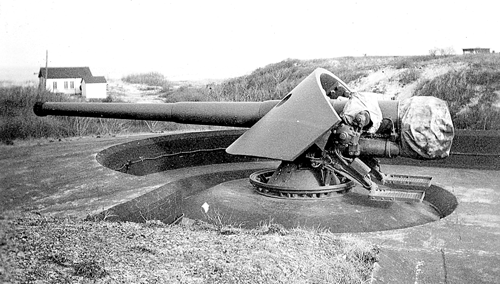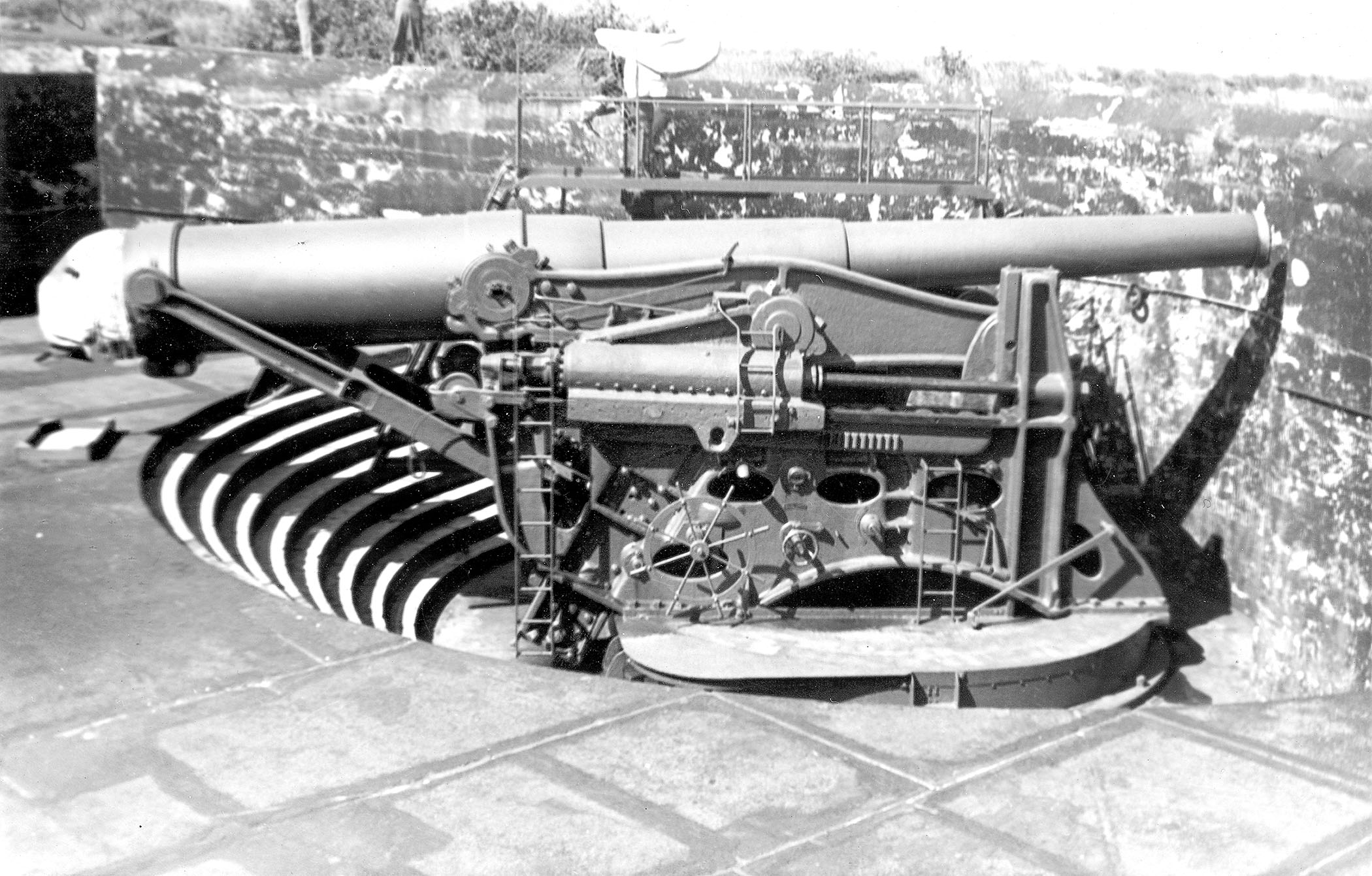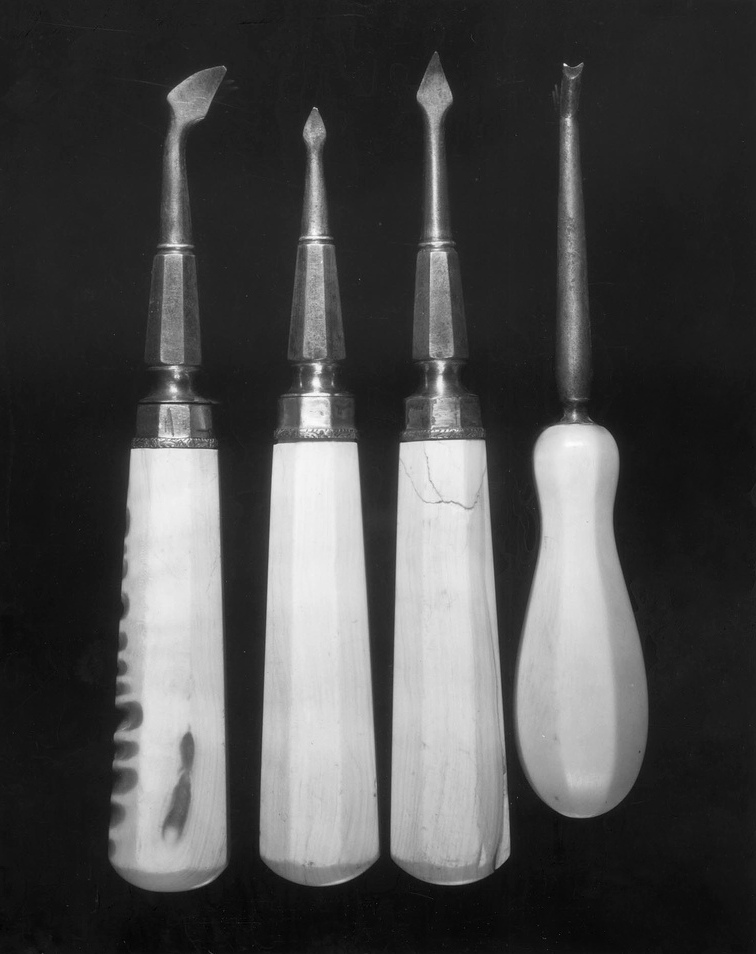|
Fort Revere
Fort Revere is an historic site situated on a small peninsula located in Hull, Massachusetts. It is situated on Telegraph Hill in Hull Village and contains the remains of two seacoast fortifications, one from the American Revolution and one that served 1898–1947. There are also a water tower with an observation deck, a military history museum and picnic facilities. It is operated as Fort Revere Park by the Metropolitan Park System of Greater Boston. History American Revolution Telegraph Hill, the site of Fort Revere, was first fortified by Patriot forces in 1776 during the American Revolution and called Fort Independence. In 1797 that name was transferred to the fort on Castle Island, which retains the name to this day. The fort on Telegraph Hill may have been called the Allerton Battery after 1797. It was used to protect Boston Harbor. By January 1777 the fort had embrasures for 15 guns, plus two detached batteries with an unknown number of guns and a military hospital n ... [...More Info...] [...Related Items...] OR: [Wikipedia] [Google] [Baidu] |
Harbor Defenses Of Boston
The Harbor Defenses of Boston was a United States Army Coast Artillery Corps harbor defense command. It coordinated the coast defenses of Boston, Massachusetts from 1895 to 1950, beginning with the Endicott program. These included both coast artillery forts and underwater minefields. The command originated circa 1895 as the Boston Artillery District, was renamed Coast Defenses of Boston in 1913, and again renamed Harbor Defenses of Boston in 1925.Stanton, pp. 455-481Rinaldi, pp. 165-166Berhow, p. 430-434 History Early Boston forts Colonial period Boston Harbor's principal coastal fort of the colonial era was Castle William, whose site was first fortified in 1634 and called "the Castle" until 1692, when it was renamed for William III, the King of England at the time. It is one of the oldest continuously fortified sites in the northeastern United States; however, the site of Fort William and Mary near Portsmouth, New Hampshire was fortified at least two years previously. T ... [...More Info...] [...Related Items...] OR: [Wikipedia] [Google] [Baidu] |
Coast Defenses Of Boston
The Harbor Defenses of Boston was a United States Army Coast Artillery Corps harbor defense command. It coordinated the coast defenses of Boston, Massachusetts from 1895 to 1950, beginning with the Endicott program. These included both coast artillery forts and underwater minefields. The command originated circa 1895 as the Boston Artillery District, was renamed Coast Defenses of Boston in 1913, and again renamed Harbor Defenses of Boston in 1925.Stanton, pp. 455-481Rinaldi, pp. 165-166Berhow, p. 430-434 History Early Boston forts Colonial period Boston Harbor's principal coastal fort of the colonial era was Castle William, whose site was first fortified in 1634 and called "the Castle" until 1692, when it was renamed for William III, the King of England at the time. It is one of the oldest continuously fortified sites in the northeastern United States; however, the site of Fort William and Mary near Portsmouth, New Hampshire was fortified at least two years previously. T ... [...More Info...] [...Related Items...] OR: [Wikipedia] [Google] [Baidu] |
Charles Hector, Comte D'Estaing
Jean Baptiste Charles Henri Hector, comte d'Estaing (24 November 1729 – 28 April 1794) was a French general and admiral. He began his service as a soldier in the War of the Austrian Succession, briefly spending time as a prisoner of war of the British during the Seven Years' War. Naval exploits during the latter war prompted him to change branches of service, and he transferred to the French Navy. Following France's entry into the American War of Independence in 1778, d'Estaing led a fleet to aid the American rebels. He participated in a failed Franco-American siege of Newport, Rhode Island in 1778 and the equally unsuccessful 1779 Siege of Savannah. He did have success in the Caribbean before returning to France in 1780. His difficulties working with American counterparts are cited among the reasons these operations in North America failed. Although d'Estaing sympathized with revolutionaries during the French Revolution, he held a personal loyalty to the French royal family. ... [...More Info...] [...Related Items...] OR: [Wikipedia] [Google] [Baidu] |
5-inch Gun M1897
The 5-inch gun M1897 (127 mm) and its variant the M1900 were coastal artillery pieces installed to defend major American seaports between 1897 and 1920. For most of their history they were operated by the United States Army Coast Artillery Corps. They were installed on balanced pillar (a form of disappearing carriage) or pedestal (aka barbette) mountings; generally the M1897 was on the balanced pillar mounting and the M1900 was on the pedestal mounting. All of these weapons were scrapped within a few years after World War I. History In 1885, William C. Endicott, President Grover Cleveland's Secretary of War, was tasked with creating the Board of Fortifications to review seacoast defenses. The findings of the board illustrated a grim picture of existing defenses in its 1886 report and recommended a massive $127 million construction program of breech-loading cannons, mortars, floating batteries, and submarine mines for some 29 locations on the US coastline. Most of the Board's ... [...More Info...] [...Related Items...] OR: [Wikipedia] [Google] [Baidu] |
Disappearing Gun
A disappearing gun, a gun mounted on a ''disappearing carriage'', is an obsolete type of artillery which enabled a gun to hide from direct fire and observation. The overwhelming majority of carriage designs enabled the gun to rotate backwards and down behind a parapet, or into a pit protected by a wall, after it was fired; a small number were simply barbette mounts on a retractable platform. Either way, retraction lowered the gun from view and direct fire by the enemy while it was being reloaded. It also made reloading easier, since it lowered the breech to a level just above the loading platform, and shells could be rolled right up to the open breech for loading and ramming. Other benefits over non-disappearing types were a higher rate of repetitive fire and less fatigue for the gun crew. Some disappearing carriages were complicated mechanisms, protection from aircraft observation and attack was difficult, and almost all restricted the elevation of the gun. With a few ... [...More Info...] [...Related Items...] OR: [Wikipedia] [Google] [Baidu] |
6-inch Gun M1903
The 6-inch gun M1897 (152 mm) and its variants the M1900, M1903, M1905, M1908, and M1 (a.k.a. T2) were coastal artillery pieces installed to defend major American seaports between 1897 and 1945. For most of their history they were operated by the United States Army Coast Artillery Corps. They were installed on disappearing carriages or pedestal (a.k.a. barbette) mountings, and during World War II many were remounted on shielded barbette carriages. Most of the weapons not in the Philippines were scrapped within a few years after World War II. History In 1885, William C. Endicott, President Grover Cleveland's Secretary of War, was tasked with creating the Board of Fortifications to review seacoast defenses. The findings of the board illustrated a grim picture of existing defenses in its 1886 report and recommended a massive $127 million construction program of breech-loading cannons, mortars, floating batteries, and submarine mines for some 29 locations on the US coastline. ... [...More Info...] [...Related Items...] OR: [Wikipedia] [Google] [Baidu] |
William P
William is a male given name of Germanic origin.Hanks, Hardcastle and Hodges, ''Oxford Dictionary of First Names'', Oxford University Press, 2nd edition, , p. 276. It became very popular in the English language after the Norman conquest of England in 1066,All Things William"Meaning & Origin of the Name"/ref> and remained so throughout the Middle Ages and into the modern era. It is sometimes abbreviated "Wm." Shortened familiar versions in English include Will, Wills, Willy, Willie, Bill, and Billy. A common Irish form is Liam. Scottish diminutives include Wull, Willie or Wullie (as in Oor Wullie or the play ''Douglas''). Female forms are Willa, Willemina, Wilma and Wilhelmina. Etymology William is related to the given name ''Wilhelm'' (cf. Proto-Germanic ᚹᛁᛚᛃᚨᚺᛖᛚᛗᚨᛉ, ''*Wiljahelmaz'' > German ''Wilhelm'' and Old Norse ᚢᛁᛚᛋᛅᚼᛅᛚᛘᛅᛋ, ''Vilhjálmr''). By regular sound changes, the native, inherited English form of the name should b ... [...More Info...] [...Related Items...] OR: [Wikipedia] [Google] [Baidu] |
Barbette
Barbettes are several types of gun emplacement in terrestrial fortifications or on naval ships. In recent naval usage, a barbette is a protective circular armour support for a heavy gun turret. This evolved from earlier forms of gun protection that eventually led to the pre-dreadnought. The name ''barbette'' ultimately comes from fortification - it originally meant a raised platform or mound, as in the French phrase ''en barbette'', which refers to the practice of firing a cannon over a parapet rather than through an embrasure in a fortification's casemate. The former gives better angles of fire but less protection than the latter. The disappearing gun was a variation on the barbette gun; it consisted of a heavy gun on a carriage that would retract behind a parapet or into a gunpit for reloading. Barbettes were primarily used in coastal defences, but saw some use in a handful of warships, and some inland fortifications. The term is also used for certain aircraft gun mounts. Sh ... [...More Info...] [...Related Items...] OR: [Wikipedia] [Google] [Baidu] |
12-inch Gun M1888
The 12-inch coastal defense gun M1895 (305 mm) and its variants the M1888 and M1900 were large coastal artillery pieces installed to defend major American seaports between 1895 and 1945. For most of their history they were operated by the United States Army Coast Artillery Corps. Most were installed on disappearing carriages, with early installations on low-angle barbette mountings. From 1919, 19 long-range two-gun batteries were built using the M1895 on an M1917 long-range barbette carriage. Almost all of the weapons not in the Philippines were scrapped during and after World War II. History In 1885, William C. Endicott, President Grover Cleveland's secretary of war, was tasked with creating the Board of Fortifications to review seacoast defenses. The findings of the board illustrated a grim picture of existing defenses, and in its 1886 report recommended a massive $127 million construction program of breech-loading cannons, mortars, floating batteries, and submarine mines f ... [...More Info...] [...Related Items...] OR: [Wikipedia] [Google] [Baidu] |
Eleazer Wheelock Ripley
Eleazer Wheelock Ripley (April 15, 1782 – March 2, 1839) was an American soldier and politician. He fought in the War of 1812, eventually rising to the rank of brigadier general, and later served as a U.S. Representative from Louisiana, from 1835 until 1839. He was also a slave owner. Life Ripley was born in Hanover, New Hampshire. He was the grandson of Eleazar Wheelock, the founder of Dartmouth College, and the nephew of John Wheelock, the college's president. His father, Sylvanus, taught at Dartmouth in the 1780s, and Eleazer graduated from the school in 1800.Francis Samuel Drake, Dictionary of American Biography, Including Men of the Time' (J.S. Osgood and Company, 1872), p. 770. Ripley practiced law in Kennebec County, Maine, and Portland, Maine. He served in the Massachusetts House of Representatives from 1810 to 1811, and was elected to the Massachusetts Senate in 1812. In August 1812, following the outbreak of the War of 1812, he organized the 21st United States ... [...More Info...] [...Related Items...] OR: [Wikipedia] [Google] [Baidu] |
Board Of Fortifications
Several boards have been appointed by US presidents or Congress to evaluate the US defensive fortifications, primarily coastal defenses near strategically important harbors on the US shores, its territories, and its protectorates. Endicott Board In 1885 US President Grover Cleveland appointed a joint Army, Navy and civilian board, headed by Secretary of War William Crowninshield Endicott, known as the Board of Fortifications (now usually referred to simply as the Endicott Board). The findings of the Board in its 1886 report illustrated a grim picture of neglect of America's coast defenses and recommended a massive $127 million construction program for a series of new forts with breech-loading cannons, mortars, floating batteries, and submarine mines for some 29 locations on the US coast. Coast Artillery fortifications built between 1885 and 1905 are often referred to as Endicott Period fortifications. Prior efforts at harbor defense construction had ceased in the 1870s. Si ... [...More Info...] [...Related Items...] OR: [Wikipedia] [Google] [Baidu] |
Paul Revere
Paul Revere (; December 21, 1734 O.S. (January 1, 1735 N.S.)May 10, 1818) was an American silversmith, engraver, early industrialist, Sons of Liberty member, and Patriot and Founding Father. He is best known for his midnight ride to alert the colonial militia in April 1775 to the approach of British forces before the battles of Lexington and Concord, as dramatized in Henry Wadsworth Longfellow's 1861 poem, "Paul Revere's Ride". At age 41, Revere was a prosperous, established and prominent Boston silversmith. He had helped organize an intelligence and alarm system to keep watch on the British military. Revere later served as a Massachusetts militia officer, though his service ended after the Penobscot Expedition, one of the most disastrous campaigns of the American Revolutionary War, for which he was absolved of blame. Following the war, Revere returned to his silversmith trade. He used the profits from his expanding business to finance his work in iron casting, bronze ... [...More Info...] [...Related Items...] OR: [Wikipedia] [Google] [Baidu] |



_(par_Jean-Pierre_Franque).jpg)
_(14595131440).jpg)
_Gun_on_Moncrieff_disappearing_mount%2C_at_Scaur_Hill_Fort%2C_Bermuda.jpg)




